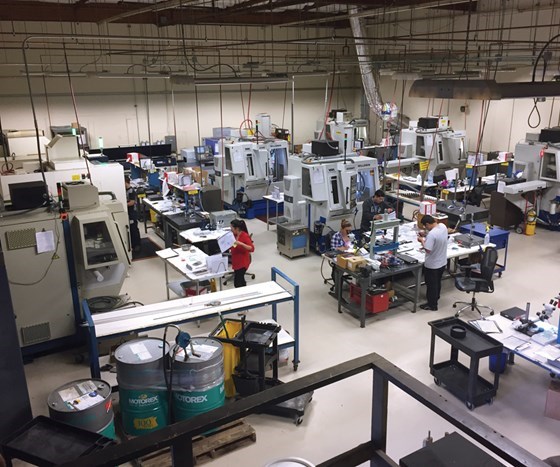Milling and Turning: Blurring the Lines
This story looks at an example of one such shop that transitioned from machining center-based metalcutting to multitasking on mill-turn machines.

Augmenting its machining centers with multitasking capability has helped this California shop do more work for its customers.
When a shop has a nice stable of faithful customers, it only makes sense to try and add capabilities that allow you to do more for that stable. Multitasking operations seem to be a successful bridge between shops that primarily mill and those that primarily turn parts for their customers.
This story, “Applying Multitasking’s Versatility,” looks at an example of one such shop that transitioned from machining center-based metalcutting to multitasking on mill-turn machines. Adding multitasking capability enhanced the shops already successful milling operations with the turning capabilities that the new technology brought to the party.
Multitasking often eliminates multi-step processing that requires moving work-in-process from station to station by allowing part to be machined complete in a single handling on a multitasking machine. The results of better throughput and expanded operational capability help this shop keep its stable of customers, well, stable.
Read the article here.





.jpg;maxWidth=300;quality=90)







